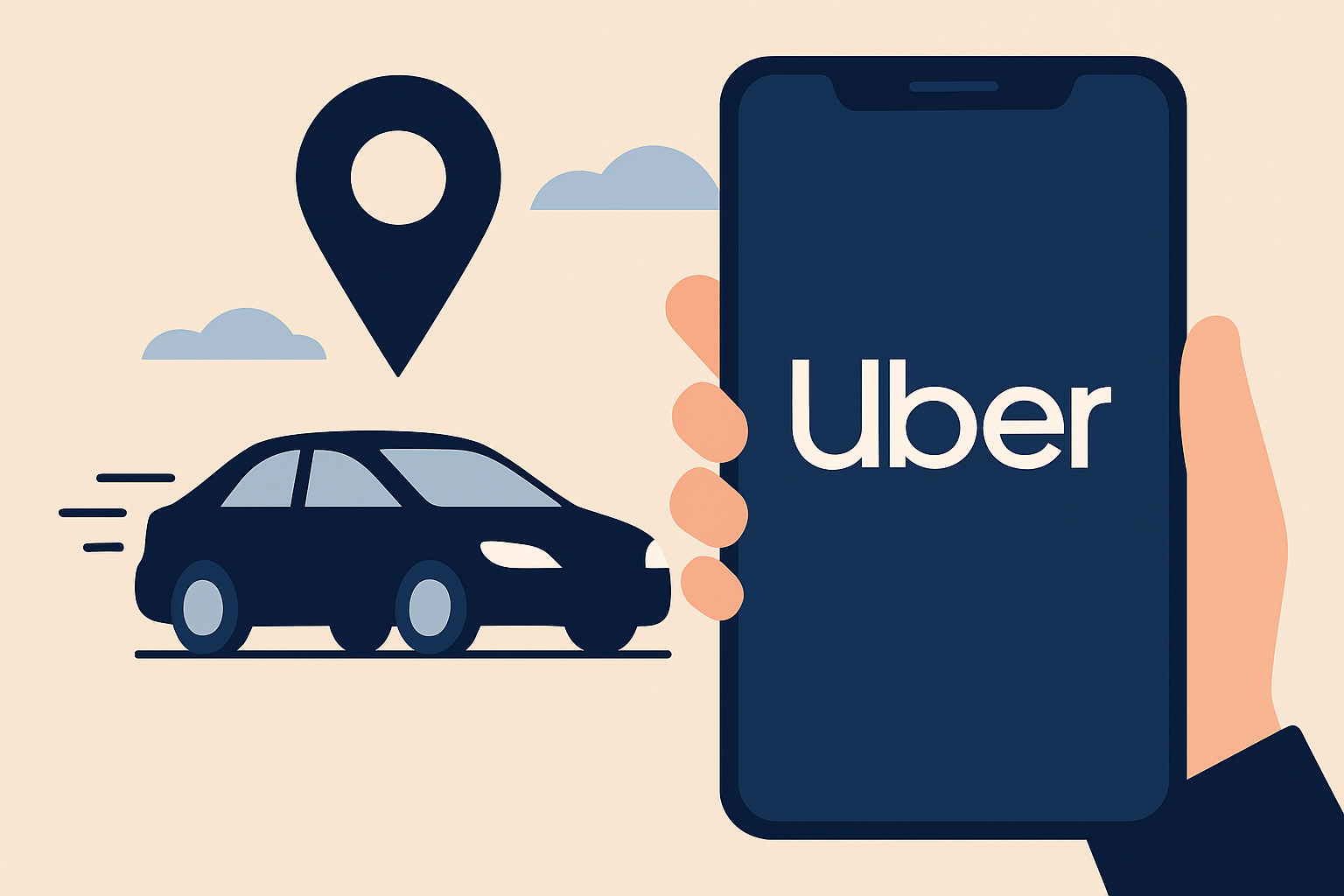What CFOs Can Learn from Uber’s Financial Playbook
April 1, 2025
Growth Through Diversification: Don’t Rely on One Revenue Stream
Uber isn’t just about rides anymore. It built a dual-engine growth model with Mobility (ride-hailing) and Delivery (Uber Eats), ensuring steady revenue even when one segment faces challenges. In 2024, Uber Eats accounted for over 30% of total revenue, proving the power of diversification.
By leveraging its existing driver network, Uber expanded into adjacent services like freight trucking, grocery delivery, and package delivery, turning a single-purpose platform into a multi-service marketplace.
CFO Insight: Diversify wisely. Identify overlapping resources in your business that can be used to generate new revenue. Uber didn’t start from scratch in new markets—it used its logistics infrastructure to expand efficiently. What existing assets in your company can be repurposed for growth?
Subscription Models Drive Retention and Spend
Uber One, its subscription service, is a game-changer. Members spend four times more than non-members and have higher retention rates, creating a reliable revenue stream. With 30 million Uber One members by year-end 2024, Uber has built a sticky customer base that continuously feeds into both rides and delivery.
CFO Insight: If your business can implement a subscription or membership model, consider it. Done right, subscriptions increase customer lifetime value and improve revenue stability. Focus on making subscriptions essential by bundling high-value services, like Uber does with ride and delivery discounts.
Smart Scaling: Growing Big Without Growing Costs
Scaling doesn’t just mean getting bigger—it means getting bigger without proportionally increasing costs. Uber expanded trips, bookings, and revenue while keeping its cost structure lean.
How did Uber scale without overspending?
- Expanding Supply Without Hiring Employees: Uber incentivizes independent drivers to join and expand the network without fixed labor costs.
- Technology-Led Efficiency: Uber improved margins by optimizing routing algorithms, dispatch systems, and automating support.
- Geographic Expansion Without Massive Overhead: Uber scaled to new cities via the app—no heavy infrastructure costs.
- Higher Utilization of Resources: Drivers switch between rides and deliveries based on demand—maximizing platform efficiency.
CFO Insight: Growth without profitability is dangerous. Invest in scaling strategies that don’t require massive increases in fixed costs. Consider automation, leveraging third-party resources, and dynamic supply adjustments to grow efficiently.
Strong Balance Sheets Provide Strategic Flexibility
After years of losses, Uber has built a cash-positive, debt-reducing financial model. By year-end 2024, it had $7 billion in cash and short-term investments, and reduced net debt to $1.3 billion. The debt-to-equity ratio improved significantly, enabling Uber to redeem $2 billion in debt while maintaining liquidity.
CFO Insight: Use good times to fortify financial resilience. Reduce unnecessary debt, build liquidity, and ensure a strong cash position. When downturns or new opportunities arise, having cash on hand gives you control rather than forcing reactive decisions.
Competitive Advantages Are Built, Not Assumed
Uber holds over 75% of the U.S. rideshare market and is a top player globally in delivery. Its competitive edge is powered by scale, data, and continuous innovation.
- Cross-Selling: Uber One drives usage across rides and delivery.
- Consistent Reinvention: New services (bikes, corporate rides, packages) keep users engaged.
- Data Advantage: Precision pricing and smarter operations via real-time platform data.
CFO Insight: What makes your business indispensable? Identify your edge and double down on it. Competitive advantages must be actively built and reinforced.

Final Thought: The CFO’s Role in Sustainable Growth
Uber’s journey from high-burn startup to cash-generating powerhouse shows the value of financial discipline. By scaling smart, leveraging assets, and focusing on customer lifetime value, Uber has achieved long-term viability.
CFOs: Look beyond just growth. The future belongs to those who grow profitably, retain customers wisely, and invest with purpose.
Which of these strategies could you apply in your business today?